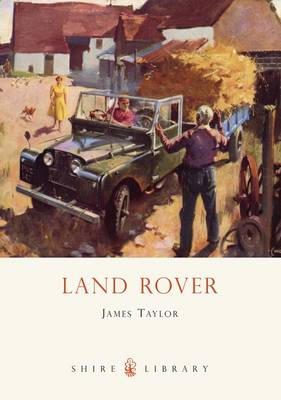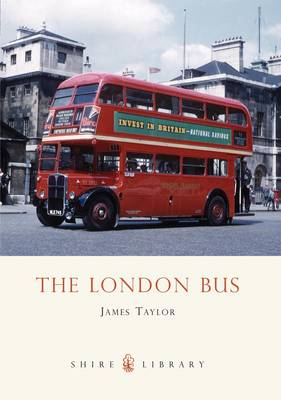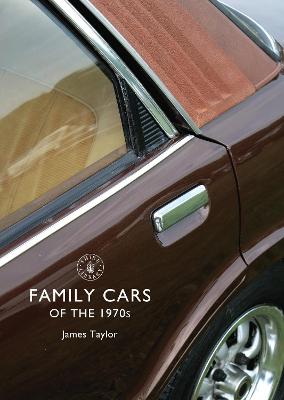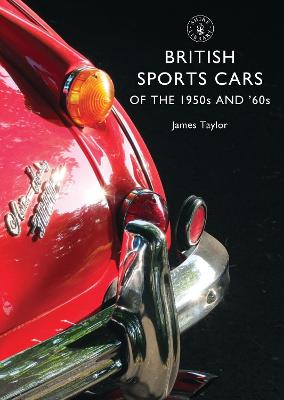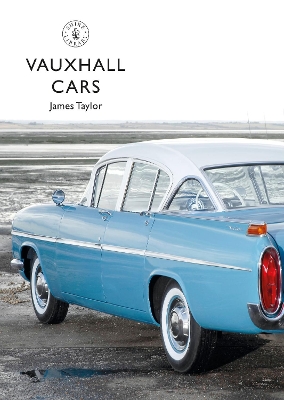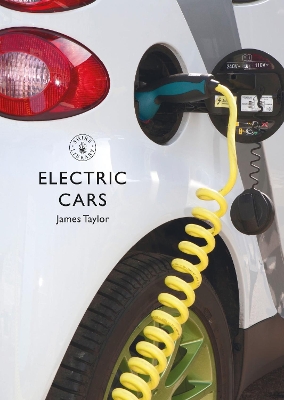Shire Library
4 primary works • 6 total works
Book 498
In the aftermath of the Second World War, the long-established Rover company of Solihull was fighting to survive. It needed a vehicle that would give it an advantage over its rivals. Taking the American Willys Jeep as inspiration, Rover designers came up with a four-wheel-drive utility vehicle that would become an all-time classic. The Land Rover has undergone a number of facelifts in its sixty-year life, but the vehicle still made today is fundamentally very close to the 1948 original. After 1970 the original was joined by a host of other models including the Discovery, Range Rover, and Freelander. This is this story of Land Rover, written by the foremost historian of the make, encompassing all the models and dividing them according to their use. The distinguished histories of Land Rover on expedition, in agriculture, warfare, and in many other fields are told separately.
Book 499
The red double decker bus is one of the enduring images of London. Although now increasingly replaced by modern bendy buses, the classic rear-entrance double-decker still appears on postcards, keyrings, t-shirts and other tourist souvenirs. Successor to the horse-drawn London buses of the nineteenth century, the B-type double-decker first appeared in the Edwardian period, and was the first in a classic line of London motorbuses. Take a trip back in time to explore the story of the London bus, from horse-drawn to bendy bus. With special attention paid to the much-loved double-decker, the author discusses bus design, manufacture and operation, plus the work of drivers and conductors, making this the perfect celebration of the best-loved bus in the world.
Book 688
The 1970s was a critical decade for the British motor industry. A downward spiral in industrial relations led to crippling strikes, two major oil crises made thirsty older designs virtually unsaleable, and foreign manufacturers moved in with products that were affordable, reliable and available on demand. Britain's roads became more cosmopolitan than ever, and manufacturers both British and foreign contributed to an array of models that has become symbolic of the era. The Morris Marina, the Ford Cortina, the Vauxhall Chevette; the VW Golf, the Renault 12, the Peugeot 504 – all are fondly remembered to this day, to a degree that might have seemed unlikely at the time of their manufacture. This is a fully illustrated history of the cars – trimmed with chrome and upholstered in leg-scorching vinyl – that were on offer to the British family of the 1970s.
Book 801
E-type Jaguar; Triumph Spitfire; MGA; Austin-Healey – nobody built sports cars like British manufacturers in the 1950s and ’60s. There was something very special about the combination of low-slung open two-seater bodywork and spartan interior, a slick sporting gearchange and a throaty exhaust note. This was wind-in-the-hair motoring, and it was affordable by the average young man – at least, until he got married and had a family. MG and Triumph stood out as the market leaders, but many other c companies thrived, from luxury manufacturers like Jaguar and even daimler to other more affordable marques. This colourfully illustrated history tells the exciting story of the British sports car in the 1950s and ’60s.
Vauxhall cars have been central to motoring in Britain for over a century. The company built a formidable reputation in its early years with notable machines like the Prince Henry, the 30/98 and the 1914 Grand Prix cars, and then moved into a more mainstream area of the market, remaining in the forefront of innovation during the 1930s.
The post-1945 years saw the company as one of the foremost in Britain, catering for family needs with cars like the Velox, the Cresta, and the Victor, and then building the highly successful Viva range of smaller models. Closely aligned with its German cousin, Opel, Vauxhall relied increasingly on Opel’s designs after the mid-1970s. Astra, Cavalier, Nova and Carlton were among the best-loved cars of their era, and no-one can forget the giant-killing 176mph Lotus Carlton.
This illustrated introduction explores the history of Vauxhall cars from its beginning in 1903 to the city cars and SUVs that have led the Vauxhall product lines, as the company continues to excel in the twenty-first century.
The post-1945 years saw the company as one of the foremost in Britain, catering for family needs with cars like the Velox, the Cresta, and the Victor, and then building the highly successful Viva range of smaller models. Closely aligned with its German cousin, Opel, Vauxhall relied increasingly on Opel’s designs after the mid-1970s. Astra, Cavalier, Nova and Carlton were among the best-loved cars of their era, and no-one can forget the giant-killing 176mph Lotus Carlton.
This illustrated introduction explores the history of Vauxhall cars from its beginning in 1903 to the city cars and SUVs that have led the Vauxhall product lines, as the company continues to excel in the twenty-first century.
An essential introduction to the surprisingly long history of the electric car, from the early pioneers, through to the first commercially viable marques such as Tesla.
After a century in the shadow of the internal combustion engine, the electric motor is making a seismic comeback. Battery-propelled vehicles in fact predate petrol and diesel engines; indeed, in the Edwardian era, electric vehicles could well have become the dominant form of transport. While limitations to their range and speed meant that fossil-fuelled cars rapidly left them behind, since the 1970s there have been several efforts to revive electric cars, and with recent carbon emissions commitments, offerings such as the Tesla Model 3 and Nissan Leaf have been well received. This fully illustrated introduction explains these developments, charting the most notable electric cars, from the eccentric Amitron and Zagato Zele to the now-mainstream models that are set to dominate the market, such as the BMW i3 and Renault Zoe.
After a century in the shadow of the internal combustion engine, the electric motor is making a seismic comeback. Battery-propelled vehicles in fact predate petrol and diesel engines; indeed, in the Edwardian era, electric vehicles could well have become the dominant form of transport. While limitations to their range and speed meant that fossil-fuelled cars rapidly left them behind, since the 1970s there have been several efforts to revive electric cars, and with recent carbon emissions commitments, offerings such as the Tesla Model 3 and Nissan Leaf have been well received. This fully illustrated introduction explains these developments, charting the most notable electric cars, from the eccentric Amitron and Zagato Zele to the now-mainstream models that are set to dominate the market, such as the BMW i3 and Renault Zoe.
